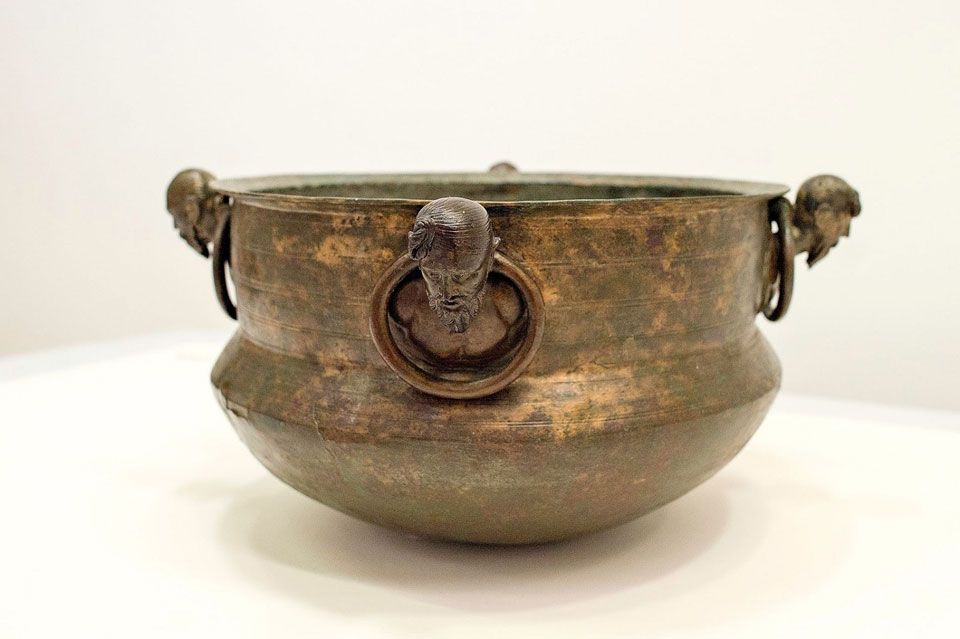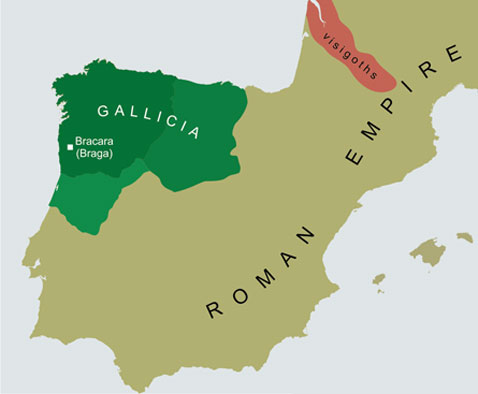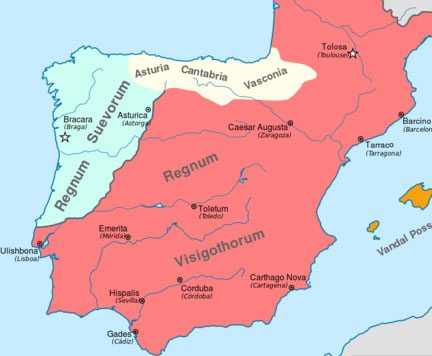The exhibition, In Tempore Sueborum, invites us to explore the life and times of the Sueves and how they lived together with the Gallo-Romans in Late Antiquity in the northwest corner of the Iberian Peninsula, where the Sueves settled after AD 409.
The exhibition, In Tempore Sueborum, is organised at three different venues in the Marcos Valcárcel Cultural Center, in the church of Santa María Nai and the Municipal Museum in Ourense. It represents a remarkable effort to gather numerous very precious artifacts from all over Europe in one place. A trip this spring to Ourense, provides an opportunity to see the Ring of Alaric, the Culdron from Mušov, and the diadems from Beiral and Mérida in one place.
Marcos Valcárcel – the History of the Sueves
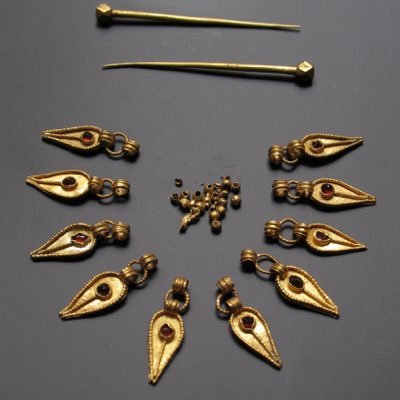
In the Marcos Valcárcel, we are invited to explore the complex process preceding the arrival of the Sueves in Galicia. This process took place between the fourth and fifth centuries and led to the creation of the Suevic Kingdom, which controlled the northwest between AD 411 and 585. It was the first barbarian kingdom in the West, a pioneer for the successor kingdoms of the Middle Ages, and a precursor of the political configuration of today’s Europe.
The exhibition aims not to tell the story in the usual way focusing on “The Decline and Fall of the Roman Empire” but rather present the “new” story, which has revealed itself through archaeological excavations and renewed reflection upon the scarce sources since the end of the 20th century.
Before this, history told the story of the “Barbarian Savage”, who – uncivilised and clad in pelts –invaded Western Europe as part of the “Great Migrations”. Careful sifting of the preserved sources has yielded a much more nuanced version, in which the Germanics lived in wide-ranging and very permeable frontier-zones bordering the Roman Empire. Living here, they supplied manpower in the form of Roman Mercenaries as well as a vibrant market for Roman luxury items. Slowly, during the 3rd and 4th centuries, a lively interplay evolved in and around the Limes and its neighbouring provinces characterised by a mixture of trade, skirmishes and occasionally wars. In this way, the Germanic rulers obtained an elite lifestyle inspired by the Romans, but with a distinct “Barbarian” Twist – as witnessed by the production of glass drinking horns produced for the wider Germanic market at Cologne. Another example is represented by the cauldrons with Suevic heads embellishing the handles, the Mušov and Czarnówko cauldrons, both found in Germanic graves. Such cauldrons or buckets were Germanic “copies” of traditional Roman and Greek cauldrons or situlas fitted with handles depicting Roman Gods.

Such Barbarians lived and were buried far from the Roman Empire. Others, though, apparently settled inside the Roman Empire while obtaining land, status and social prestige. Some would even end up as generals employed in the Roman Army. For them Rome constituted a model and an ideal, to imitate and not to destroy.
However, at the end of the 4th century, the Huns invaded Southern Europe pushing larger groups of people in front of them. Perhaps amounting up to hundreds of thousands of men, women and children, these fugitives spilt over the Danube and Rhine. It is likely the size of these throngs of people posed the Romans with insurmountable challenges. Formerly, such bands of people had successfully been split up and spread out over the wider Roman Empire with the men press-ganged into the Roman Army. Now, however, the multitude of people posed a gargantuan task. In the end, both the Goths and later the Vandals, Alans and Suevi were allowed to settle together.
Thus, when more than 200.000 people crossed the freezing Rhine on New Year’s Eve in AD 406 to cross the Pyrenees a few years later, they ended up as distinct “bands of brothers” who settled in Spain. In this process, they also began to be defined and define themselves as tribes and/or distinct aristocratic groups. It is as such, we encounter the Suevi in the northwestern corner of Iberia, in the Roman province of Gallaecia. Led by a powerful Germanic chieftain, Hermeric (AD 409 – 438/41) they chose Braga as their regional centre and initiated the business of consolidating their power base through treatises, marriages, and pillaging. While Hermericus was a pagan, his grandson, Richiarius (448 – 56) was baptised as a Catholic albeit married to an Arian princess (from Toulouse). In 456 he was defeated by his brother-in-law, thus seeing their political influence curtailed severely. During the following decades, numerous kings held sway until the Visigoths finally wiped out the Suevic kingdom in AD 584.
Santa María Nai – Christianisation in Gallaecia
Although a gradual process of Christianisation took place in the 4th century, the primary evidence stems from the 5th century during which the pagan Sueves and Arian Visigoths operated in the Catholic vestiges of the 4th-century missionary field. To complicate matters further, several heresies were bitterly fought over, foremost the gnostic Priscillianism. In this religious hotbed, written sources reveal a continuous fight over organisation, liturgies, so-called folk-religious practices etc.
Many of these processes are especially well documents in the crucible of Suevic Galicia, where the Galician-Roman and Hispanic-Roman aristocracy tried to establish an ecclesiastical and administrative organisational platform, gradually moving from an urban and semi-unban context and into the rural countryside. Primarily the work of Martin of Braga – known as the Apostle of the Suevi – has set its mark on the understanding of the events and the rhythm of the process. A unique source in this context is the so-called “Suevic Parish List” from c. 570 – 80, listing 13 episcopal seas and 132 parochial churches. This part of the exhibition presented in Santa María Nai showcases remains of religious art from the 6th and 7th centuries.
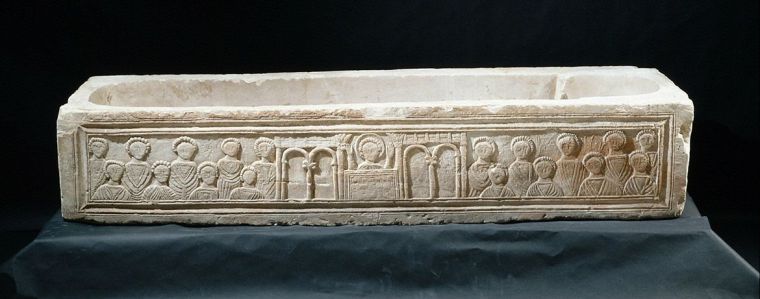
Municipal Museum of Ourense – Suevi and Gallo-Romans
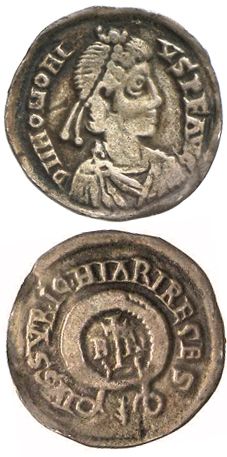
The question is: how did the Suevi and the Gallo-Romans live alongside each other? And what changes took place in the landscape. These questions are explored in the final part of the exhibition at the Municipal Museum in Ourense.
The late 4th century in the still Roman province of Hispania experienced a marked renovation. After a period of economic deterioration, cities were rebuilt, and villas were expanded and redecorated. Slowly, though, the centres of cities were no longer focused on the Forum and the immediate surroundings. Instead, the new episcopal centres began to set their mark. Also, in the 5th-century burials were no longer uniformly located outside towns and settlements. Gradually, they became relocated to cemeteries close to churches and basilicas and inside the walls of the fortified cities.
In the countryside, people seemed to move from the Roman villas to higher ground in the 5th and especially the 6th century. Or they settled in what for want of a better word might be known as villages – smaller, larger, oblong or concentric. The large urban conglomerations – Lugo, Astorga, and Braga – continued to function as urban centres. Excavations in later years have documented that vigorous and far-flung trade with luxurious goods persisted. Thus, at Tintagel in Cornwall – https://www.medieval.eu/luxury-tintagel-early-medieval-period/ -, recent excavations have uncovered that the British people enjoyed wine from Turkey, olive oil from Greece, and pottery and glass ware from Africa and indeed Iberia. Presumably, ships continued to ply the waters along the Atlantic coast, while using the Galician seaports as stepping stones. Spectacular finds from the excavations of the harbour at Vigo (the Vicus Spacorum) have provided findings that show the scope and intensity of this very dynamic trade in ceramics, wine, olive oil, alum as well as wood, leather, and metals (tin and gold). Even though artistic output in this period was sparse, people seemingly thrived while inventing the new post-Roman world.
Catalogue
The exhibition is accompanied bu a catalogue in Spanish and English
VISIT:
In Tempore Sueborum
Ourense
15.12.2017 – 06.05.2018
